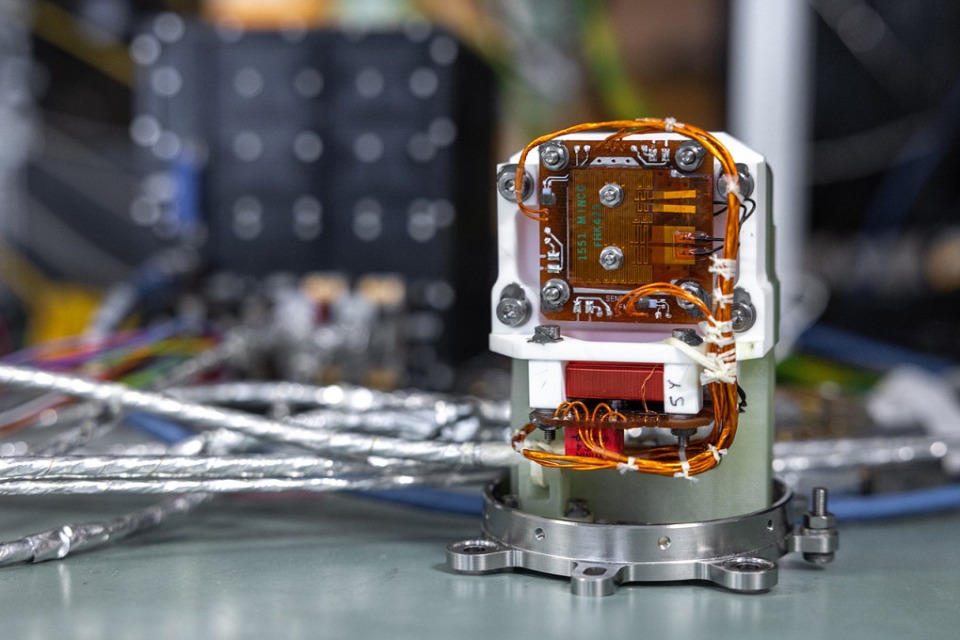Uk Space Agency

The Interstellar Mapping and Acceleration Probe (IMAP) is a US-led, joint mission between the UK Space Agency and NASA. The aim of the mission is to observe and map the heliosphere, the area of space surrounding the Sun filled with charged particles known as the solar wind.
Scheduled to launch in 2025, IMAP will travel to the Lagrange 1 point in space between the Earth and Sun, around a million miles from our planet.
The mission will improve the UKs space weather monitoring capability by transmitting real-time data back to Earth. This will increase our understanding and awareness of potentially damaging solar flares, which can affect vital satellite services we rely on every day, from communications to banking.
IMAP will also be crucial for future human exploration of the Solar System by studying cosmic rays in the heliosphere, which can be harmful to astronauts.
UK involvement

A version of the MAG instrument. Credit: Imperial College London.
Imperial College London have designed and built one of IMAPs 10 instruments a magnetometer called MAG, which will measure the magnetic field around the spacecraft in the heliosphere. This will help us understand more about how the solar wind interacts with interplanetary space.
The MAG instrument was shipped to the US in February 2024 to be integrated into the rest of the mission.
Imperial College will also provide ground support and personnel to support the instrument and science team.
The UK Space Agency has supported the UK development of the mission with 4.2 million.
